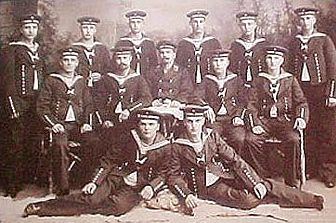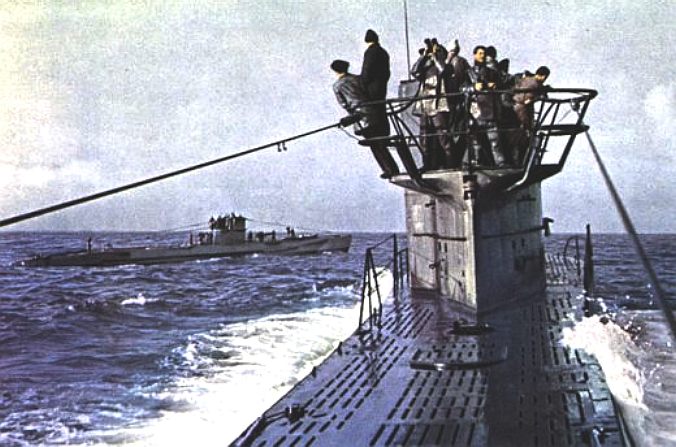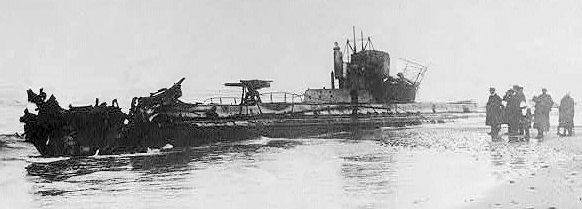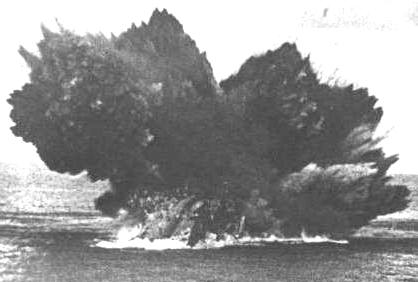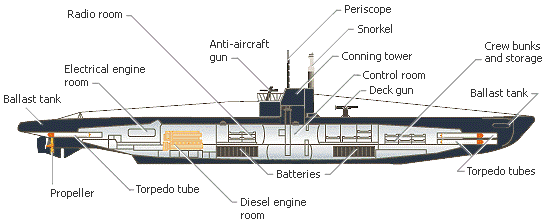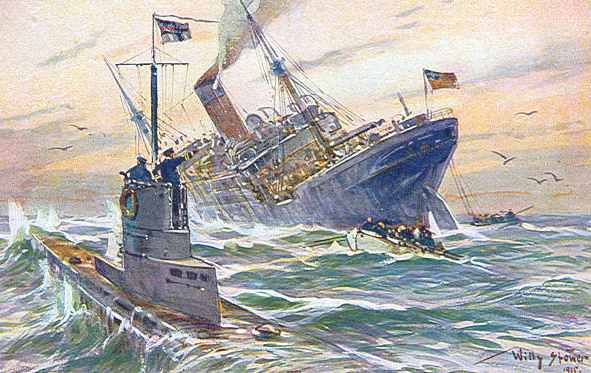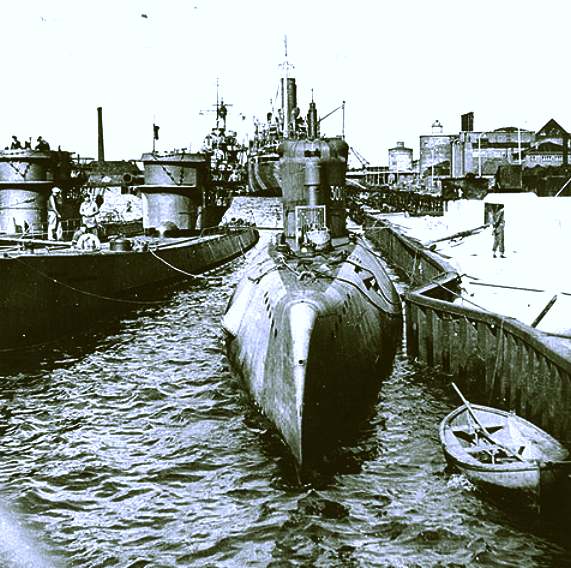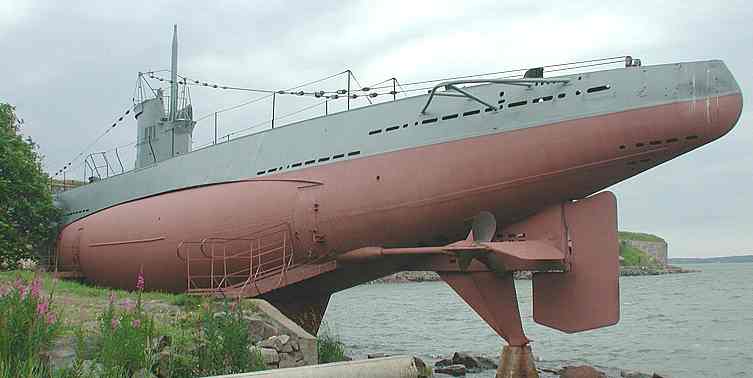KAPITAN LEUTNANT WALTHER SCHWIEGER
|
|
||||||||||||
|
HOME | AUTOMOTIVE | BLUEPLANET | ELECTRIC CARS | FORMULA E | ENERGY | INSURANCE | INDEX | SOLAR CARS |
|||||||||||||
|
The following article is reproduced with kind permission of the author: 'HUNTERS' page at www.lusitania.net
HISTORY
Born on 7th April 1885 to a noble family in Berlin, Walther von Schwieger entered the Kaiserliche Marine as a Sea Cadet in 1903, at the age of 18. His initial training took place at the shore-based training establishment Stosch and on 15th April, 1904 he was promoted to the rank of Fahnrich zur see, which was generally speaking, the Kaiserliche Marine's equivalent of the Royal Navy's Midshipman.
Walther Schwieger
In 1905, he was sent on a special course at the Marineschule and upon his successful completion of the course, he was posted to a Naval Reserve vessel, the liner Braunschweig. Schwieger disliked the "von" and refrained from using the term.
He was posted to the Kaiserliche Marine's Torpedo Division in 1906 and in September of that year he was commissioned as a Leutenant zur see after which he served two years as a watch officer on torpedo boats, first the S105 and then G110.
After serving as a Flaggleutnant on U14, Schwieger was promoted to the rank of Kapitan-Leutnant on September 19th, 1914. He took command of U20 at the end of December that year, and soon proved to be a popular commander.
At the time he infamously sank the Lusitania on May 7th 1915, Schwieger was 30 years old.
After the storm of protest caused by the Lusitania disaster, the Kaiser called a halt to unrestricted submarine warfare. This caused a temporary lull in sinkings, though Schwieger and U-20 managed to sink the defensively armed White Star liner Cymric during this period. Unbeknownst to Schwieger, the liner was carrying the body of one of the Lusitania victims home to America at the time.
U Boat torpedo division intake 1906 (Fahnrich zur see Schwieger bottom right)
On November 5th, 1916 whilst trying to assist another U-boat, the U20 ran aground in fog off the Danish coast.
THE U20
The U20 was built in the Danzig Dockyard in 1913. She was 210 feet long, just 20 feet in the beam and her surface displacement was 650 tons . Submerged, her displacement was 837 tons.
Although the U-boat featured in the above blueprint is of 1917 vintage and therefore of a later type than the U20, one can still obtain some idea of the general specifications and layout of a World War One German U-boat.
Apart from size, armament and application, ocean-going German U-boats deviated little from this basic design pattern throughout the Great War.
The wreck of the U-20 off Denmark seen here after Schwieger's hasty attempt to blow her up
KronPrinz Wilhelm limped back to base, only to end her days at the bottom of Scapa Flow, in Scotland, when the interned German warships scuttled themselves in a last great act of defiance in 1919.
The Danish government eventually removed the wreck of U20 some years later, as she was a hazard to navigation. The remains of U-20 are now a static display in Denmark, open to the public.
After
U20 was lost, Schwieger was given command of the slightly
larger U88 on April 7th, 1917 and on 30th July 1917, he was
awarded Germany's highest decoration for gallantry; the "Pour Le Merite"
medal, or "Blue Max" as it was more
popularly known, in recognition of his having sunk a total of 190,000 tons
of allied shipping. He was the 8th U-boat commander to receive this covetted
award.
Schwieger was killed in action six weeks later, on September 5th 1917. Whilst being pursued by the Q-Ship HMS Stonecrop, the submerged U88 struck a British laid mine off the Frisian island of Terschelling in the North Sea.
Walther Schwieger was seven months short of his 33rd birthday when his worst nightmare became a reality. There were no survivors from the U88, whose last recorded resting place is 53,57N - 04,55E. At the time of his death, Schwieger ranked 6th in the league table of top-scoring U-boat commanders and was therefore officially a U-boat "Ace".
In May of 1918, the first boat of "Project 46" was launched. Project 46 was a class of U-Cruiser and the very first was U139, which was named "Kapitan-Leutnant Schwieger" in honour of his memory.
U20's "ship's bell" was finally returned to Germany by the Danish government in 1976.
LINKS
http://www.lusitania.net
A typical German U-boat from World War II (1939-1945) was a cramped but deadly warship. Machinery and weapons took most of the space on board, leaving little room for crewmembers. The snorkel allowed the U-boat to run its diesel engines while submerged, conserving battery life and extending range.
U Boat sinking ship - painting
A - Z DIRECTORY of MOTOR MANUFACTURERS
U-Boat converted to accommodation
Action adventure thriller - a nuclear submarine is on the loose. NATO forces enlist John Storm to track down the renegade and sink her.
|
|||||||||||||
|
The content
of this website is copyright © 1991 and 2013 Electrick Publications. All
rights reserved. The bluebird logo
|
|||||||||||||

